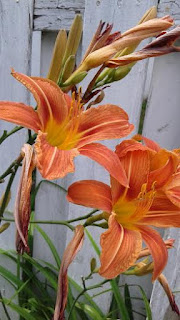This was written awhile back, but the continued attempts to make water a commodity, raise the question why is water not considered a human right?
t is four in the morning and the call of nature pulls you from your dreams of lakes and ponds, flowing rivers of endless water, you feel the need and get up and head for the bathroom. When finished you flush and head back for bed.
Later that morning, you are pouring yourself a cup of coffee; the water came from you kitchen tap and little effort was needed to get it.
Later that day, you reach into the fridge and get the water jug or take out a bottle of water that you purchased at the grocery store when you last bought your groceries. Neither action takes much time or thought.
When it comes to our lawns and gardens, many of us have developed some water wise skills and are becoming aware of the importance of water conservation.
For some, this has carried over into our homes and how we use water to prepare our meals and dispose of our personal; waste.
But for many millions of people worldwide, the convenience of turning on the tap and having cool, drinkable water readily available does not exist.
Dirty water is a leading cause of illness and death; globally, a child dies every 15 seconds from causes related to dirty water.
Now if you and I conserve water this will not help those who do not have ready access to water in any direct sense, but if we begin to treat water as the essential resource that it is; a resource that everyone needs access to then things can begin to change.
Water is essential to life like food is; however, while we may last up to three weeks without eating, we will only live for three days without water.
In 1948, the United Nations General Assembly ratified the Universal Declaration of Human Rights (UDHR) through a proclamation by the General Assembly on December 10 with a count of 48 votes to none with only 8 abstentions.
Included in that Declaration is Article 25 this says;
(1) Everyone has the right to a standard of living adequate for the health and well-being of himself and of his family, including food, clothing, housing and medical care and necessary social services, and the right to security in the event of unemployment, sickness, disability, widowhood, old age or other lack of livelihood in circumstances beyond his control.
(2) Motherhood and childhood are entitled to special care and assistance. All children, whether born in or out of wedlock, shall enjoy the same social protection.
Water was not included.

















